Desk-based workers can spend a lot of time at their desk sitting. If you are a regular follow of this blog, you will know that high levels of sitting time can have several detrimental impacts on health and wellbeing, including on cognitive function, risk of diabetes, physical function and quality of life. Prolonged sitting – that is, sitting for a long time without taking a break – is emerging as particularly harmful, which is why we promote regular breaks from sitting at BeUpstanding. Indeed, a 2022 systematic review and meta-analysis by Loh and colleagues highlighted the beneficial effects of having regular physical activity breaks on blood sugar, insulin, and triacylglycerol measures. Their article concluded that taking short breaks from prolonged sitting results in better glycemic control and improved metabolic control compared to individuals who do not incorporate short physical activity breaks.
One impact of too much sitting for too long is on our musculoskeletal health. Here, prolonged sitting can cause tight hip flexors and leg muscles. Vanroelen (2022) states that these imbalances are due to the shortened and lengthened muscles in your legs due to muscle weakness and tightness. These imbalances can lead to a compensatory hyperlordosis or excessive inward curvature of the lumbar spine. The thoracolumbar and hip flexors tighten to compensate as the abdominal and gluteus maximus muscles weaken. Key (2022) explains that these subtle changes in posture from prolonged sitting can result in spinal pain, issues with gait, and movement control from the pelvis.
Prolonged sitting can also cause fluid build-up in the legs or edema as the muscles aren’t working as hard to counteract the impacts of gravity. In contrast, as shown by Quilici et al. (2022), incorporating exercise can efficiently help reduce lower limb edema from prolonged sitting.
Below are some lower body exercises that you can do at your desk that might help relieve this tightness and fluid build-up.
Calf Raises
- Stand on toes as you lift your heels off the ground
- Hold the movement at the top for 1-2 sec before returning to the ground
- Hold onto an object for balance, if needed
- Progress to a one-legged calf raise for an added challenge
- Repeat for 30 sec
Lunges
- Step back and slowly descend as you flex your knees
- Lunge as low as your body allows
- Progress by adding distance in your lunge and without holding a object
- Able to perform a forward or backward lunge
- Alternate and repeat 10x each leg
- Control the movement and don’t let the movement control you
Squats
- Your foot placement should be about shoulder-width for a standard squat
- Lower yourself down, while keeping your back straight and chest high and proud
- Keep your neck at a neutral position without curving it excessively
- Able to use an object for assistance
- Hold for 15 sec or perform repetitions for 10-15 sec
Standing Toe Touch
- Keep knees slightly bent as you bend down touching toes/floor
- Go as low as your flexibility allows
- Perform movement 5-10x
- Progress into a deeper stretch by grabbing onto your thighs
- Swivel left and right to engage hamstring muscles
- Repeat 10x
This blog and videos were written and filmed by one of our outstanding BeUpstanding students, Brian Gutierrez, as part of his placement with the BeUpstanding team.
![]()

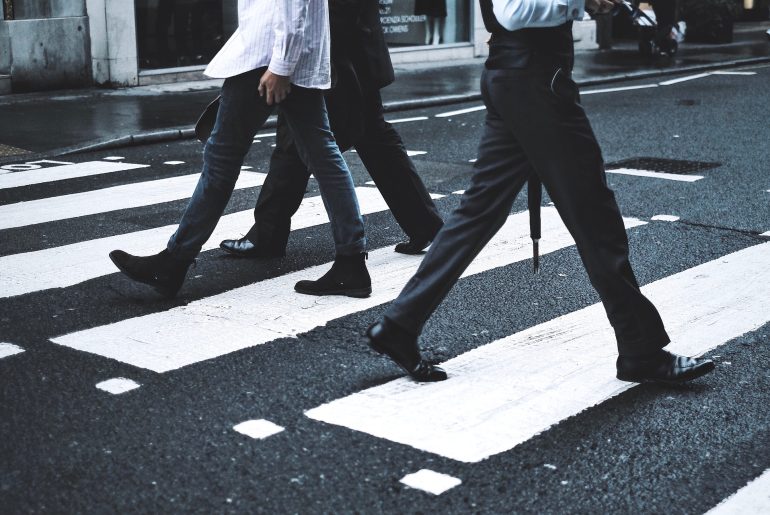
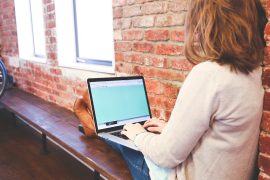
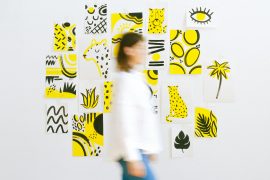


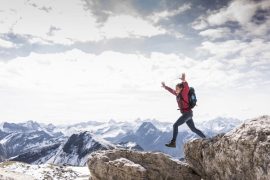
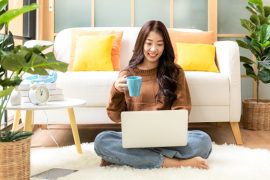


Comments are closed.